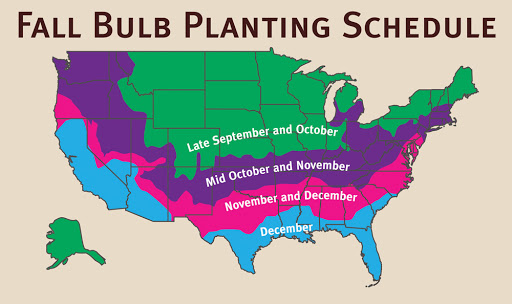We have been purchasing our bulbs from A.D.R. for many years now. As a contractor, the process to order bulbs for many different clients is easy and seamless. The website is a wonderful tool that we refer to quite often for product information, photos, and combination ideas. Our bulbs always arrive on time and wonderfully organized to make our installation much more efficient . The product is top notch and leaves our customers with wanting more and more each season.
Ashley Marrin
, Bret-Mar Landscape
« Previous Plant | Next Plant »
Narcissi Miniature 'Hillstar'
Daffodil
Narcissus 'Hillstar' is a jonquilla daffodil, reaching 14 to 16 inches in height. It produces clusters of 2–3 nodding blooms per stem, with golden-yellow petals surrounding a creamy-white cup, creating a soft contrast. The flowers appear in mid-to-late spring and are sweetly fragrant, making them excellent for cut arrangements and attracting pollinators. Thriving in full sun to part shade, 'Hillstar' prefers well-drained soil and is deer-resistant, rabbit-resistant, and drought-tolerant. It naturalizes well, forming expanding clusters over time. This variety has won the RHS Award of Garden Merit.
181.50
Narcissi Calculator
When should I plant Narcissi Miniature 'Hillstar'?

Growing and Maintenance Tips for Narcissi Miniature 'Hillstar'
Planting: Plant bulbs in fall, 4 to 6 inches deep and 3 to 5 inches apart, with the pointed end up. These daffodils are ideal for naturalizing in meadows, rock gardens, and woodland edges.
Location: Full sun to partial shade. Many species thrive under deciduous trees where spring light is abundant.
Soil: Well-drained, moderately fertile soil with a slightly acidic to neutral pH (6.0–7.0).
Watering: Water after planting and during active spring growth. Once foliage yellows, reduce watering—bulbs prefer dry summer dormancy.
Temperature: Hardy in USDA zones 4–9, depending on species. Most require a winter chill to bloom reliably.
Fertilization: Apply compost or a low-nitrogen fertilizer in fall and again in early spring.
Pruning: Allow foliage to die back naturally to recharge the bulb. Remove spent flower stalks for tidiness.
Propagation: Naturalizes by offsets and self-seeding. Divide clumps every 4 to 6 years in summer when dormant.
Pest & Disease: Deer- and rodent-resistant. Good drainage prevents bulb rot.







Check back soon for additional details.